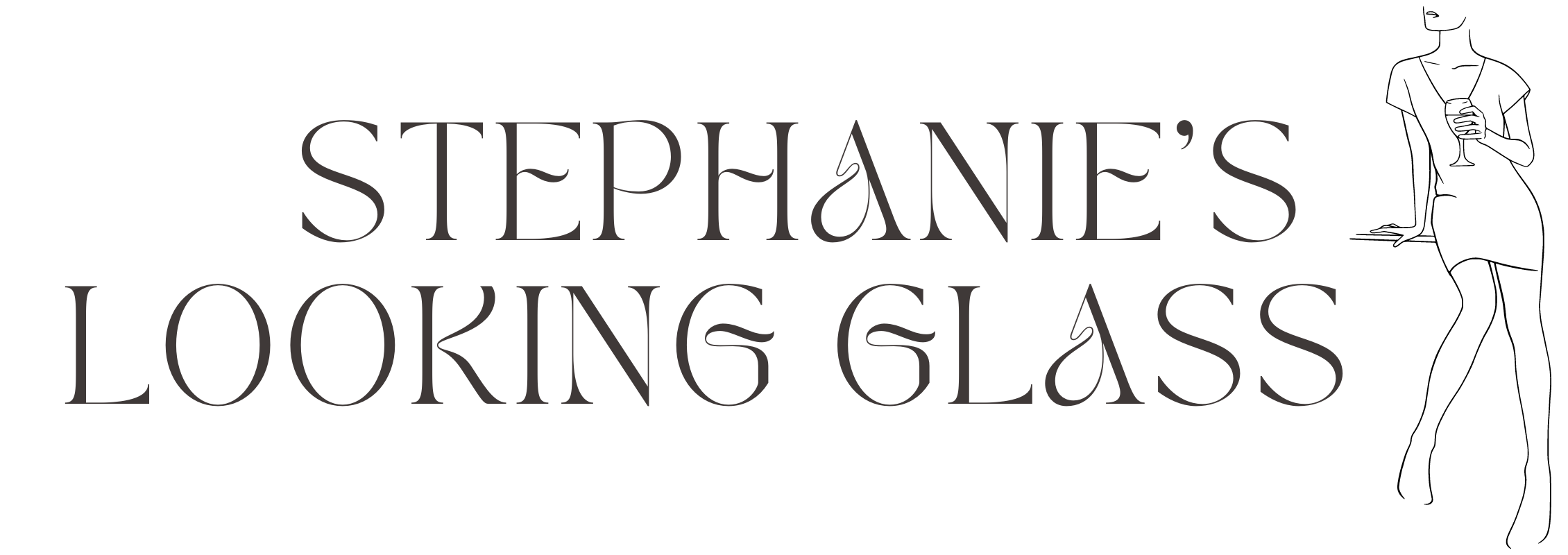
Have you ever spoken to a home loan broker about financing and felt like you didn’t have much to contribute to the discussion for lack of understanding? I get it, those terms can fly right over. You may nod agreeably here and there when one sounds familiar even though its actual meaning is still evasive. To be fair, if you’re about to commit to a 30 or so odd year contract you have every reason to understand what you’re getting into. 30 years is a long time to commit. So, let’s go through all the jargon that make home loan finance such a chore, one at a time.
Note: I’m not a financial adviser and this is not financial advice.
Deposit
This is an amount the bank will often ask you to pay upfront towards the purchase. Among other uses, it demonstrates to the bank that you’re committed to the purchase and you have good credit. If this is not provided, the lender may view you as a risky prospect and decline your loan or charge a higher interest rate. The deposit required is normally expressed as a fraction of the purchase price.
Fees and costs
Without getting into an extended thesis on fees and fee structures it’s worth noting that these costs come in a variety of labels and indeed flavours. I prefer to keep my understanding of loan fees at a generic level because they vary between lenders who are constantly making – mainly cosmetic – changes to position themselves better in this highly competitive market. Here are my 3 fee categories:
- Initiation fees and related costs: Getting a home loan requires a range of professional and administrative services. To smooth the process and maintain a consistent standard these services are normally procured by the lender and the fees are added unto the loan amount so you’re not out of pocket. These incidental expenses include property valuation fees, loan establishment (or application) fees, legal fees and property search fees to name a few.
- Ongoing maintenance fees: here we have account-keeping fees and annual service fees that are charged routinely for keeping the loan account active.
- Contingent fees: this category of fees are dependent on something else happening and are typically named after the trigger event. Examples include late payment fees, payment dis-honour fees, default fees, early exit fees and refinance (or renegotiation) fees.
Periods and repayment types
When you take out finance, the lender calculates how many payments you’ll have to make over the life of the loan and works out your repayment due dates accordingly. Each scheduled repayment occurs within a cycle called a period. Depending on how your contract is written, repayments may occur at the end of the period – in arrears – or at the start of the period – in advance. Repayments in arrears are far more common than repayments in advance.
Repayment
This is the amount you have to pay the bank routinely after financing your property through them. Repayments may be weekly, fortnightly or monthly. Although in theory, it’s possible to have quarterly, semi-annual and annual payments, most people would not find this convenient as it hardly coincides with a normal payroll cycle. The repayment is calculated such that at the end of the contract the loan balance and all interest charges would have been paid off.
Interest rate
This is the cost of finance, charged on the loan balance. Lenders often compete among themselves to offer the lowest interest rate in return for business. Higher interest rates mean higher repayments. Although interest rates are quoted on an annual basis, interest is charged on the loan balance proportionally in every payment period/cycle. For example, a 12% loan rate on a loan that is paid in six-month cycles would translate to a 6% interest rate charged every six months. Remember this.
Comparison rate
If you don’t have a finance background and you want to compare two loan offers with different fee structures you’d be pleased to know that the Australian government came up with the comparison rate. It is a method of comparing loans by aggregating fees and the interest into a single rate. As a result, the comparison rate is always higher than the loan interest rate. If you deduct the interest rate from the comparison rate it becomes a good tool for assessing how much fees the offer comes with. Do use it with caution as the comparison rate is based on assumptions of a $150k loan and a 25-year term. These may not apply to you. A loan package should be considered holistically with due regard to its relevant features and benefits.
Security (or collateral)
It’s what you offer the lender a right to seize if you fail to make repayments on your loan. A property loan is normally secured against the property itself. It is so called because it secures the lender against the risk that you’re unable to pay off the loan as agreed.
Equity
As you pay off your loan the balance reduces over time but the property will often increase in value or – at least – hold its value. The difference between your loan balance and the market value of the property is called equity. It’s an indication of how much you’d be left with if you sold the property and paid off the loan. When the equity on your loan is sufficient, lenders may offer you an opportunity to borrow against it. This means you can take a second home loan and use the equity as security. These are called home equity loans.
Refinance
If for any reason you need to review the terms of your loan contract, this is the official word for it. In effect, a new contract is drawn up when you refinance your existing loan. The most common reason for refinancing is to get a lower interest rate that may not have existed when you took out the loan. Another reason is the desire to reduce the repayments. Be aware that reducing your repayments this way (all other loan terms remaining unchanged) will extend the loan term beyond its end date.
Interest rate type
You may have heard of fixed and variable interest rates for home and other loans. Fixed interest rates offer more certainty for the borrower. A variable interest rate is one that fluctuates with an underlying benchmark like inflation. The advantage of a variable rate loan to a borrower is that the rate may go down when the benchmark moves favourably. Of course, the disadvantage is that it may go up as well.
In summary
This list is by no means exhaustive, but reading through to the end I trust you’ve learned the fundamentals you need to understand home loan finance.
As always, please share your thoughts in the comment section. Thanks for reading.


